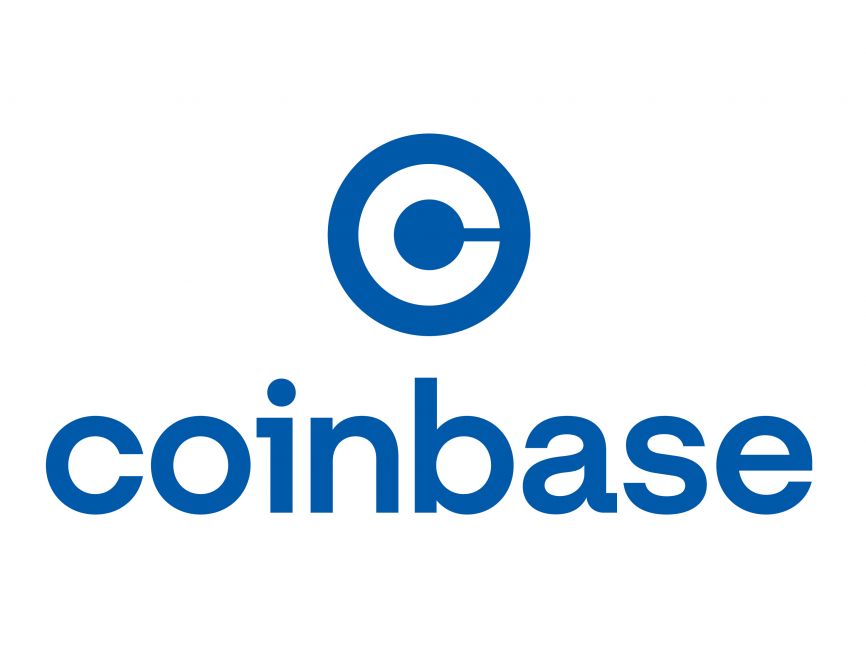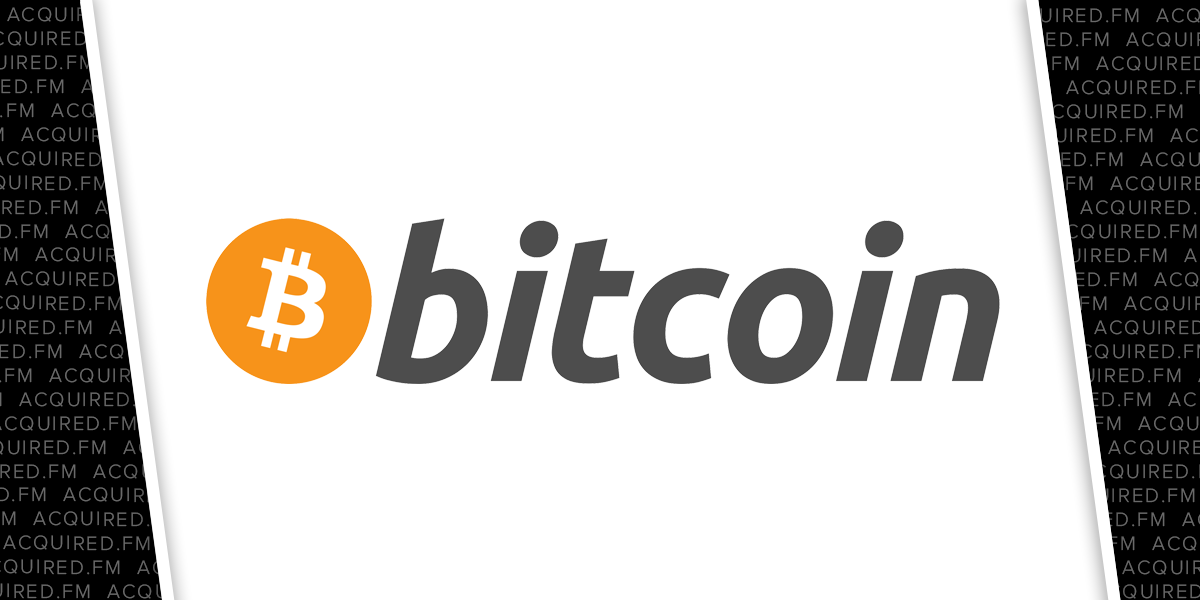On April 14, 2021, Coinbase became the first major U.S. cryptocurrency exchange to go public, marking a watershed moment for the digital asset industry. Rather than opting for a traditional IPO, Coinbase went public through a direct listing on the Nasdaq under the ticker COIN. The event brought Wall Street and crypto closer than ever before.
Coinbase’s Direct Listing and Valuation Surge
Coinbase’s debut on the Nasdaq began with a reference price of $250 per share but quickly opened at $381 and peaked at $429.54. The stock closed its first trading day at $328.28, giving the company a market capitalization of over $85 billion. This valuation underscored growing institutional interest in crypto and highlighted Coinbase’s role as the go-to platform for retail and professional investors alike.
By the time of the listing, Coinbase had already reported Q1 2021 revenue of $1.8 billion, with over 56 million verified users and $335 billion in quarterly trading volume. These numbers cemented its position as the leading U.S.-based exchange and justified its unicorn status.
Implications for Bitcoin and the Crypto Market
The Coinbase IPO had a direct influence on Bitcoin’s legitimacy and the broader crypto market. Being the first fully regulated U.S. crypto exchange to go public, Coinbase’s listing was seen as a milestone for the mainstream adoption of digital assets.
The IPO also came amid mounting anticipation for a Bitcoin ETF, which could further propel institutional investment. Coinbase’s success provided additional fuel to bullish sentiment, with the entire crypto market nearing $2 trillion in total capitalization around the time of its debut.
Risks and Regulatory Exposure
While the IPO was a success, it introduced new risks. As a public company, Coinbase is now under greater scrutiny from the SEC and financial regulators. Its future performance will be tied not only to trading volume but also to broader crypto adoption and regulatory developments.
Volatility in crypto prices directly impacts Coinbase’s revenue, which is primarily generated from transaction fees. Additionally, as more decentralized exchanges (DEXs) gain traction, centralized exchanges like Coinbase may face increased competition.
What Coinbase’s IPO Means for the Future
Coinbase’s listing is more than a financial milestone—it’s a cultural shift. It legitimizes crypto trading in the eyes of Wall Street and opens the door for more traditional investors to enter the space. New tokens listed on Coinbase often see a price boost, and now, its public market presence could amplify that effect.
Moreover, it may pressure traditional financial institutions to innovate or integrate crypto offerings, further embedding digital assets into the global financial ecosystem.




